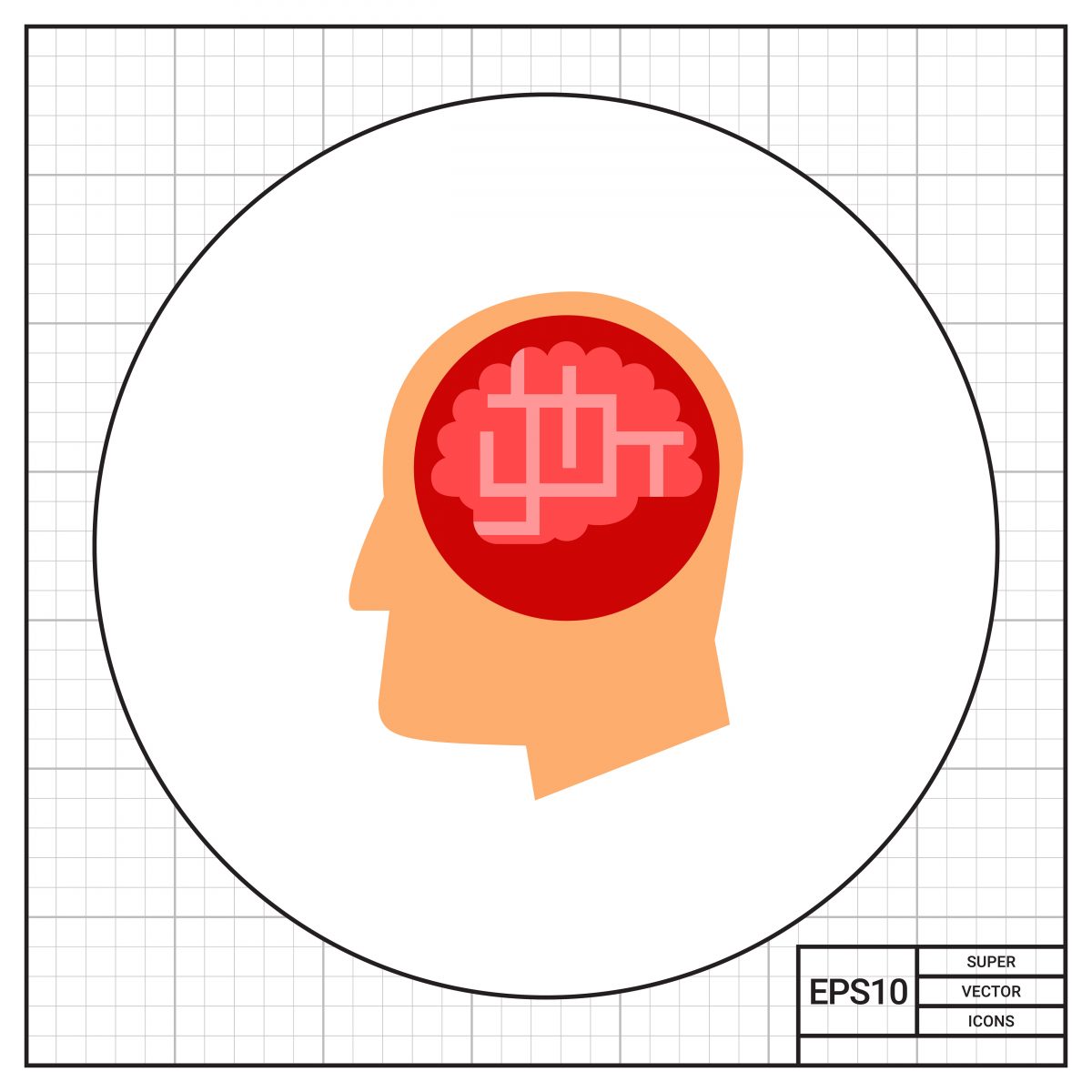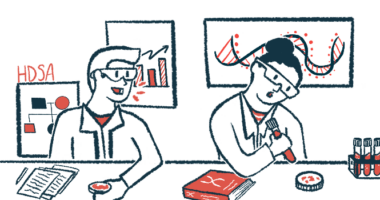Judgment Task, Called Reversal Learning, Diminishes as Huntington’s Advances, Study Suggests

The ability to apply reversal learning, which involves adapting behavior according to changes in stimulus-reward situations, appears to be diminished in patients with Huntington’s disease and to worsen as the disease progresses, according to new research.
This study, “Reversal Learning Reveals Cognitive Deficits And Altered Prediction Error Encoding In The Ventral Striatum In Huntington’s Disease,” was published in the journal Brain Imaging and Behavior.
Huntington’s disease, caused by mutations in the huntingtin protein, leads to neuronal loss and dysregulated brain function. One of the areas most affected areas is the striatum, which has a role in reversal learning.
An example of such learning is a child choosing between two balls, one black and the other white, when prompted by the question “which one is black?” As the question is repeated, the child understands and starts choosing the black ball. When the question changes to “which one is white?,” most initially go for the black ball, but soon understand the difference and choose the correct ball.
In this way, people learn how to change their behavior when faced with changes in their environment — in the example above, a different question.
Researchers wondered whether Huntington’s disease-related changes in the striatum would affect reverse learning. Using functional magnetic resonance imaging (fMRI), they recorded changes in the striatum in 24 patients with Huntington’s disease (mean age 47.5) and 25 healthy individuals while participants were engaged in a reversal learning task. None of the patients were taking medication at the time.
The reversal learning task used required participants to detect a reversal in reward probabilities and to adapt their behavior accordingly. They were instructed to try to win as much money as possible by choosing the appropriate symbol to do so (a triangle or a square).
People were informed of whether their choice was a winning or losing one during the test, in which individuals had to press one of two buttons as quickly as possible, with a maximum response time of 1.5 seconds. While they were performing the task, an fMRI scanner was recording brain activation.
Twenty of the 24 patients and 24 of 25 healthy volunteers were able to complete the task, and the scans showed differences among the groups.
Specifically, researchers observed that gray matter density and prediction error signals during the task were related to disease stage — that is, patients in more advanced stages of Huntington’s used a less complex strategy to perform a learning task, while those in earlier disease stages still showed intact encoding of learning signals in the left region of the striatum.
“Our results portray how behavior and [reward prediction error]-related brain activation during a reversal learning task are related to disease stages in [Huntington’s],” the researchers wrote. “The exploratory analysis of two subgroups suggests a possible hypercompensation in the degenerating left ventral striatum. This effect is apparently lost with disease progression.”
“Larger longitudinal trials are needed to assess whether performance in fMRI reversal learning tasks could be used as a noninvasive marker of disease progression in [Huntington’s disease],” they wrote.






